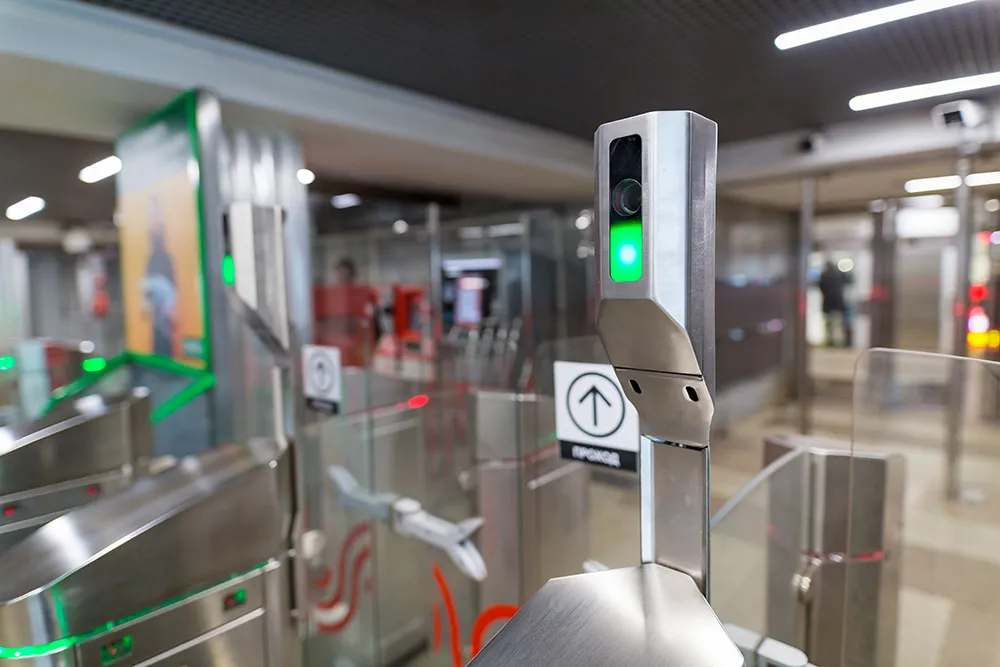Development engineers from leading image processing companies worldwide met at the end of October under the patronage of G3, comprising the three international machine vision associations EMVA, AIA and JIIA for this years’ second International Standards Meeting.
The experts discussed the development of the current standards used in image processing and tested the products and their compatibility with the standards. Key discussions included: The GenICam software standard meeting agreed to force the devel
November 13, 2013
Read time: 2 mins
Development engineers from leading image processing companies worldwide met at the end of October under the patronage of G3, comprising the three international machine vision associations EMVA, AIA and JIIA for this years’ second International Standards Meeting.
The experts discussed the development of the current standards used in image processing and tested the products and their compatibility with the standards. Key discussions included: The GenICam software standard meeting agreed to force the development of GenApi 3.0 which will enable a significantly faster initialisation of the camera's features and require less memory; The major work of the USB3 Vision committee centred on clarifying open issues in order to roll them into a 1.0.1 standard release scheduled later this year; The Camera Link HS committee agreed to increase the speed of the C2 (CX4) cable to 5 Gbps/lane as is used by the Infiniband standard; Major outcomes of the GigE Vision session were adding support for True Sense sparse colour filter in the pixel format naming convention and preparation to introduce 3D data support in GigE Vision; The CoaXPress standards meeting centred on release 1.2 which is targeted for the fourth quarter 2014 and dealt with the subjects of faster speed (10 Gbps and 12.5 Gbps per cable, data striping to cope with cameras faster than one PC can cope with, forward error correction to correct any occasional bit errors on the link and support for GenICam events.
Says Jochem Herrmann, Director Standards in the EMVA board: “For the first time, all actively hosted interface standards of the machine vision industry, namely USB3 Vision, Camera Link HS, GigE Vision, CoaXPress and the software interface standard GenICam were present at the meeting. This made it the largest international standards meeting ever with 73 people representing over 30 companies from all over the world.”
The experts discussed the development of the current standards used in image processing and tested the products and their compatibility with the standards. Key discussions included: The GenICam software standard meeting agreed to force the development of GenApi 3.0 which will enable a significantly faster initialisation of the camera's features and require less memory; The major work of the USB3 Vision committee centred on clarifying open issues in order to roll them into a 1.0.1 standard release scheduled later this year; The Camera Link HS committee agreed to increase the speed of the C2 (CX4) cable to 5 Gbps/lane as is used by the Infiniband standard; Major outcomes of the GigE Vision session were adding support for True Sense sparse colour filter in the pixel format naming convention and preparation to introduce 3D data support in GigE Vision; The CoaXPress standards meeting centred on release 1.2 which is targeted for the fourth quarter 2014 and dealt with the subjects of faster speed (10 Gbps and 12.5 Gbps per cable, data striping to cope with cameras faster than one PC can cope with, forward error correction to correct any occasional bit errors on the link and support for GenICam events.
Says Jochem Herrmann, Director Standards in the EMVA board: “For the first time, all actively hosted interface standards of the machine vision industry, namely USB3 Vision, Camera Link HS, GigE Vision, CoaXPress and the software interface standard GenICam were present at the meeting. This made it the largest international standards meeting ever with 73 people representing over 30 companies from all over the world.”









